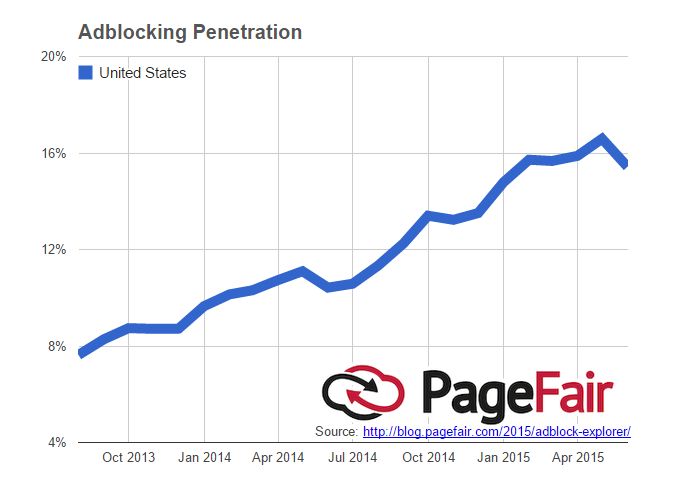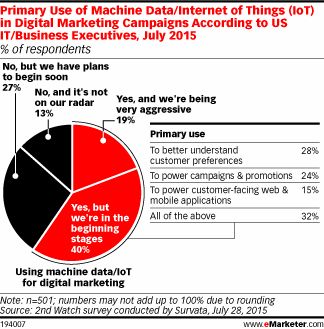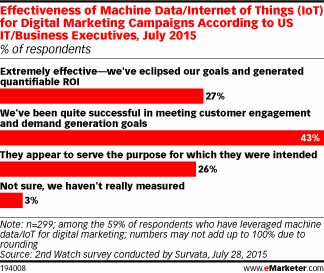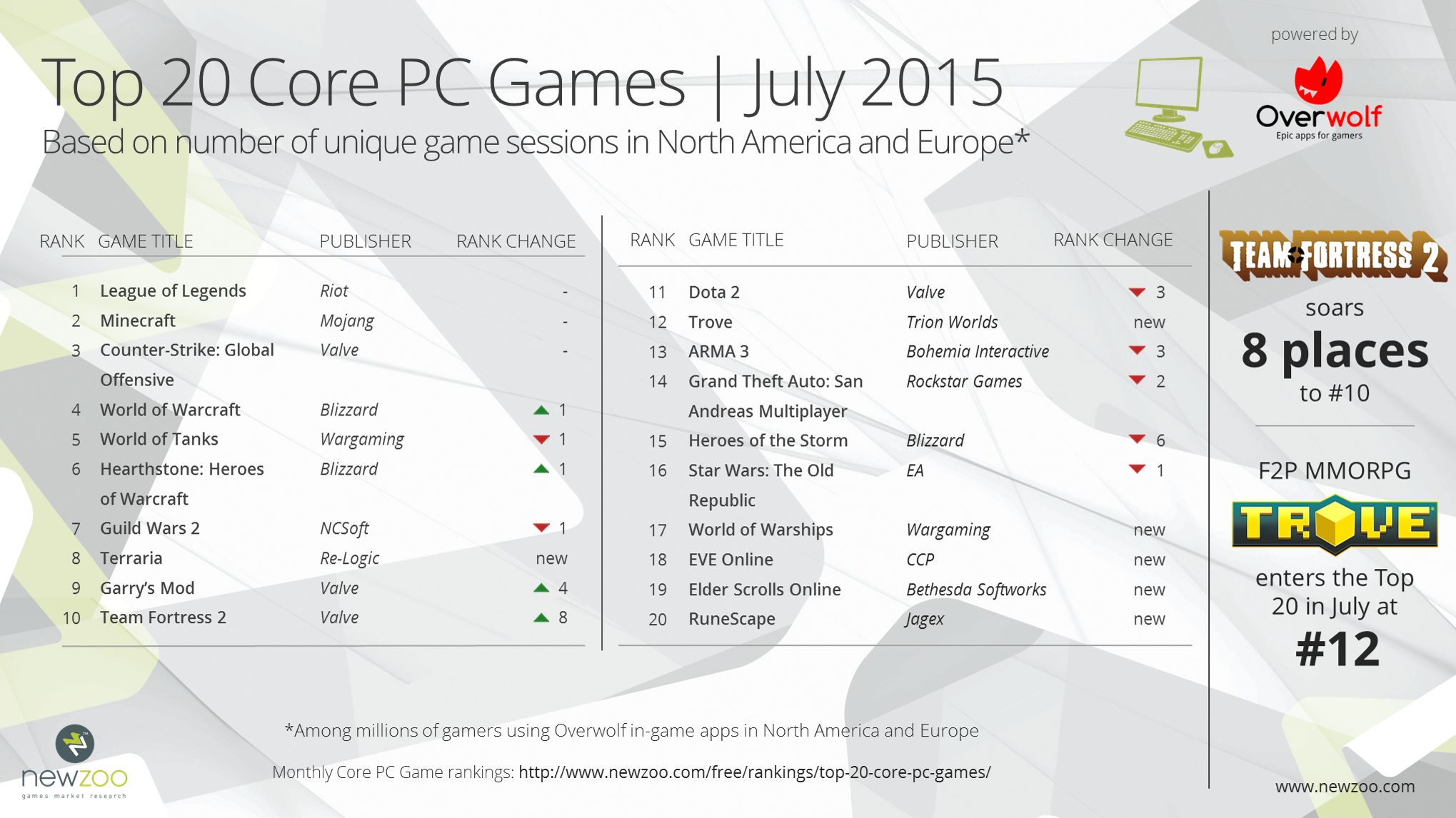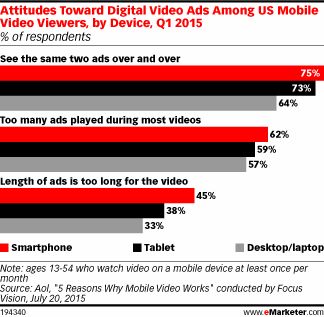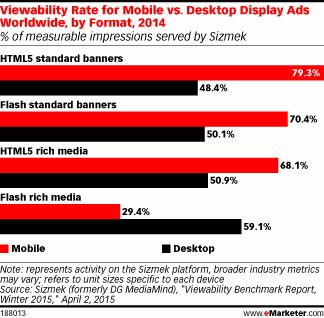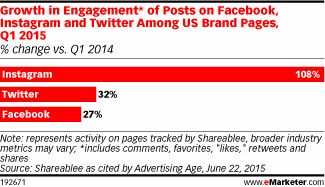A new report from SuperData Research indicates that collectible card games are doing more than just entertaining the masses – they’re making huge money.
Titled Digital Collectible Card Games Market 2015, the report indicates that digital CCGs (as they’re called) will earn an all-time high of $1.3 billion in 2015.
The report is the first of its kind since the release of Hearthstone: Heroes of WarCraft in March 2014 and shows how Blizzard’s (NASDAQ: ATVI) game has transformed the landscape after earning more last year than its three closest competitors combined. In April 2015, the game’s revenue and overall player base jumped after it became available on smartphones in addition to tablets and PCs. The game currently makes around $20 million every month with an active audience of 8 million PC players and 9 million mobile players.
“In the same way that World of WarCraft became the dominant MMO when it was launched, Hearthstone is now the digital card game to beat. Blizzard made a game that is more accessible than long-running CCGs like Magic: The Gathering without sacrificing deep and engaging game play for hardcore fans,” SuperData CEO Joost van Dreunen said. “Publishers like EA (NASDAQ: EA) and Bethesda are developing new CCGs as a direct result of Hearthstone’s success, and Wizards of the Coast (NASDAQ: HAS) revamped its Magic video game series as well.”
Other key findings in the report include:
- Smartphone games on track to become the top-grossing digital CCGs, earning $532 million in 2016E. Smartphone players spend less than their PC and tablet-using counterparts but are the fastest-growing digital CCG audience.
- Fans of collectible card games on PC are very loyal. As CCGs on PC tend to be more complex than those on mobile, players spend 11 percent more money and keep playing the same game for longer than mobile players.
- Nearly half of digital card gamers (46 percent) play on more than one major platform. Multi-platform CCG players most commonly play on either a PC or tablet at home and use a smartphone while on the go.
- The digital CCG adult audience is 80 percent male and average player age is 31. Digital CCGs are one of the most male-dominated video game genres.
While global digital CCG revenue will grow by 5 percent by 2018, overall growth numbers are being held back by the shrinking market for digital card games on Facebook. In addition, several older smartphone-based CCGs have peaked, and their falling revenue is counteracting growing revenue from a new wave of digital CCGs.
“Previously, smartphones were the realm of relatively simple card games like Rage of Bahamut and Marvel: War of Heroes. Highly-complex digital CCGs modeled after tabletop games tended to exclusively target PC and tablet players,” van Dreunen said. “The success of Hearthstone on smartphones shows that the most dedicated CCG players want to play their games on the go too. As digital card gamers grow to expect seamless play across devices, publishers will need to rethink their game designs to account for players’ diverse tastes and different play habits across PCs, smartphones and tablets.”
The full report can be found here.
